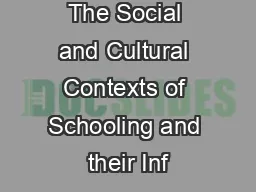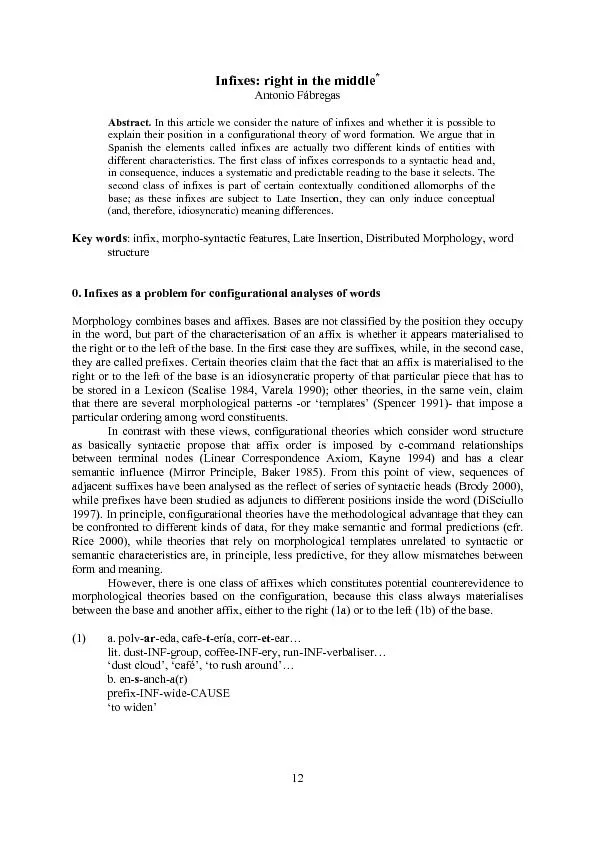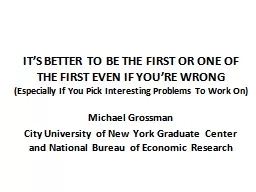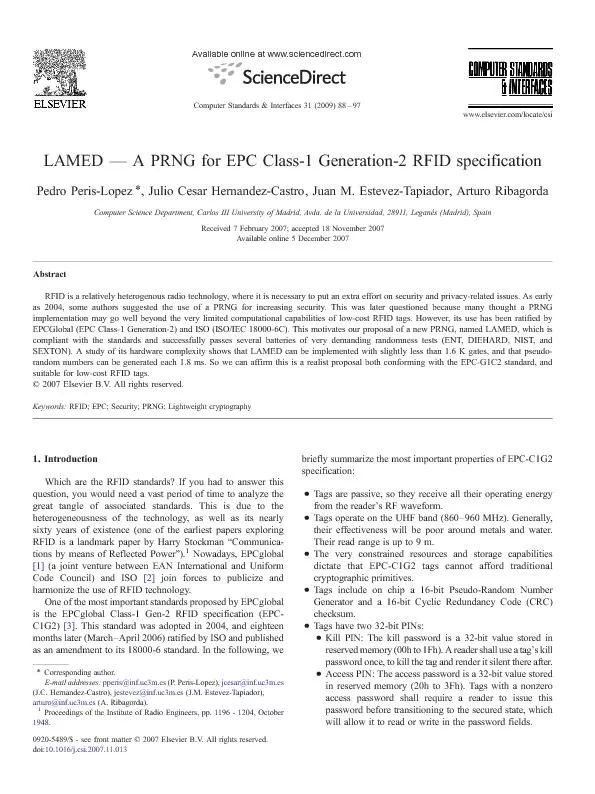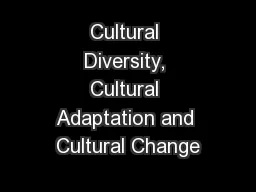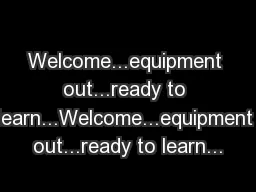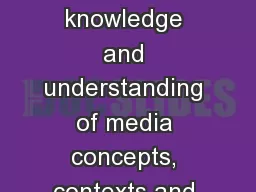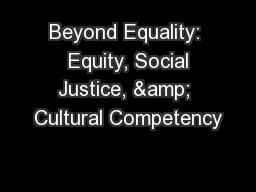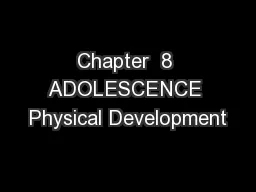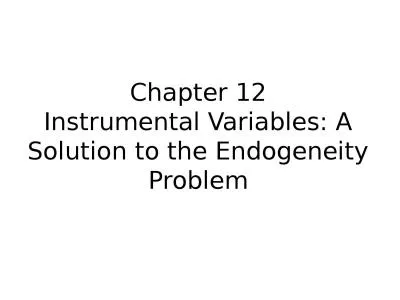PPT-The Social and Cultural Contexts of Schooling and their Inf
Author : lindy-dunigan | Published Date : 2016-05-15
Juliette Heddad Miller EDU 505 Professor Lauren Larsen Objectives Explain the relationship between school and society Understand how the school family peer group
Presentation Embed Code
Download Presentation
Download Presentation The PPT/PDF document "The Social and Cultural Contexts of Scho..." is the property of its rightful owner. Permission is granted to download and print the materials on this website for personal, non-commercial use only, and to display it on your personal computer provided you do not modify the materials and that you retain all copyright notices contained in the materials. By downloading content from our website, you accept the terms of this agreement.
The Social and Cultural Contexts of Schooling and their Inf: Transcript
Download Rules Of Document
"The Social and Cultural Contexts of Schooling and their Inf"The content belongs to its owner. You may download and print it for personal use, without modification, and keep all copyright notices. By downloading, you agree to these terms.
Related Documents

